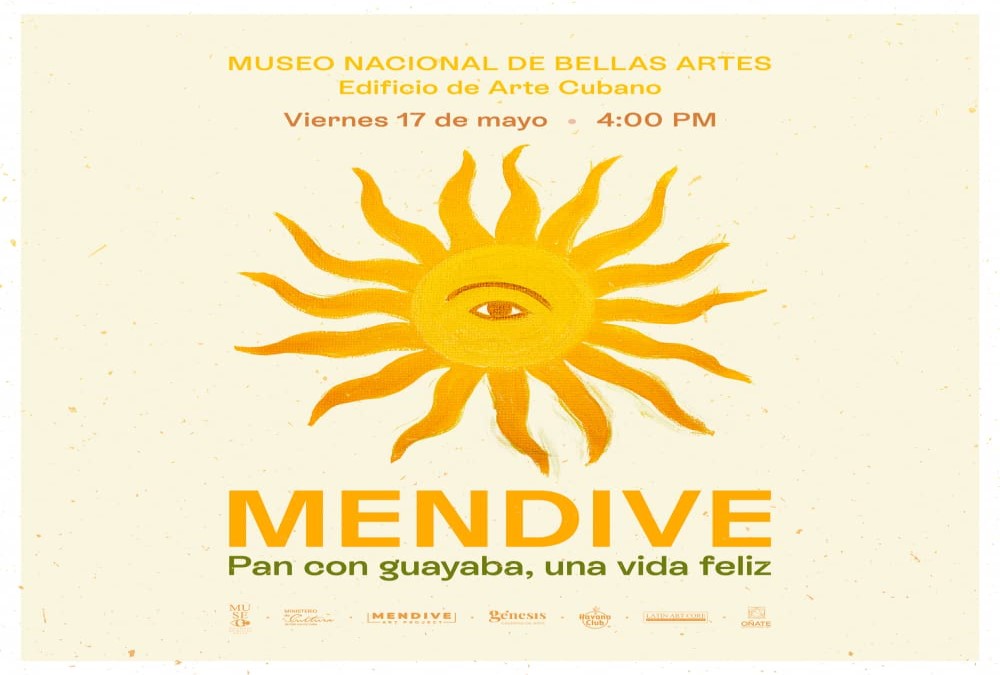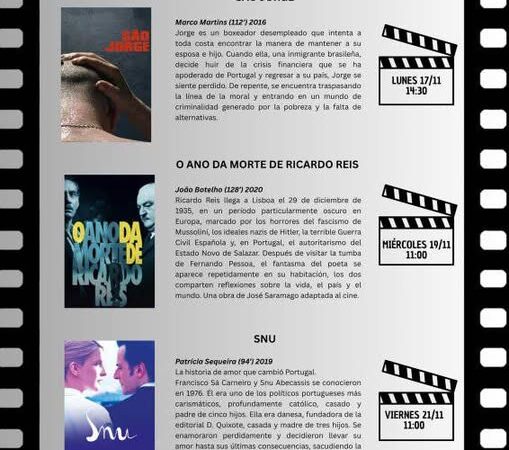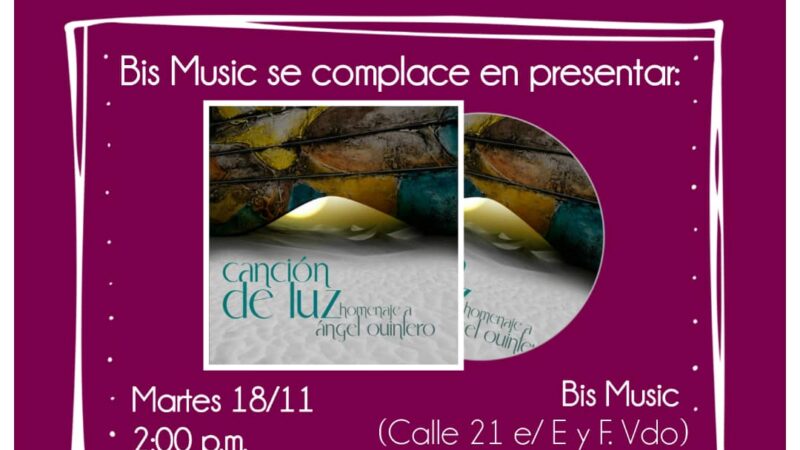Major Retrospective of Manuel Mendive at the National Museum of Fine Arts of Cuba

The National Museum of Fine Arts of Cuba and the Mendive Art Project have conceived the first great retrospective of Manuel Mendive in Cuba, with the exhibition entitled Pan con guayaba, una vida feliz, which will be on display from May 17 to July 28 at the Cuban Art Building, as part of the celebration of the eightieth anniversary of the life of this creator.
The exhibition, with nearly one hundred works, will bring together different languages and media: painting, sculpture, installation, video and performance, as reported by the press department of the emblematic institution.
The collection will bring together pieces from Mendive’s academic stage as a student, the paintings on «found» boards, the flatness of the seventies when he approached Yoruba myths, popular traditions and historical narratives, as well as his most recent work, in which he explores, with a universal gaze, about man, nature and religion.
An essential part of this journey will be the section dedicated to performance and body painting, the first exhibition to reflect on these languages and their relevance within the artist’s career and the history of art in Cuba.
Manuel Mendive Hoyo (Havana, 1944), National Prize for Plastic Arts (2001), is an international reference in Cuban art. His work has been exhibited at the Venice, São Paolo and Havana Biennials, the Paris Museum of Modern Art, the John F. Kennedy Center for the Performing Arts and the Bronx Museum of the Arts, among others.
He has received several recognitions and awards, such as the Adam Montparnasse Prize at the XXIV Salon of May in Paris, the International Prize of the Second Havana Biennial, the Félix Varela Order awarded by the State Council of the Republic of Cuba, an honorary PhD from the University of the Arts, and the Order of Arts and Letters from the French Ministry of Culture.
The uniqueness of his work for more than 60 years has made Mendive one of the most important figures in national art history. As an icon of cultural resistance, he has created a new sensitivity in approaching issues related to race and Afro-Cuban religiosity. His poetics are part of the African diaspora in the Caribbean and have been a meeting point for generations of artists.
Translated by Luis E. Amador Dominguez



